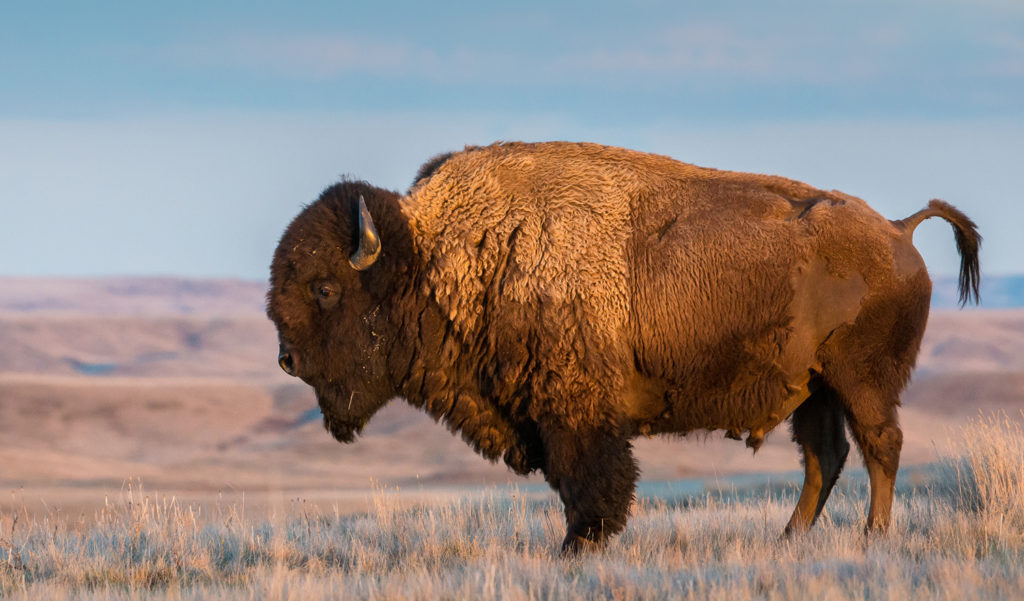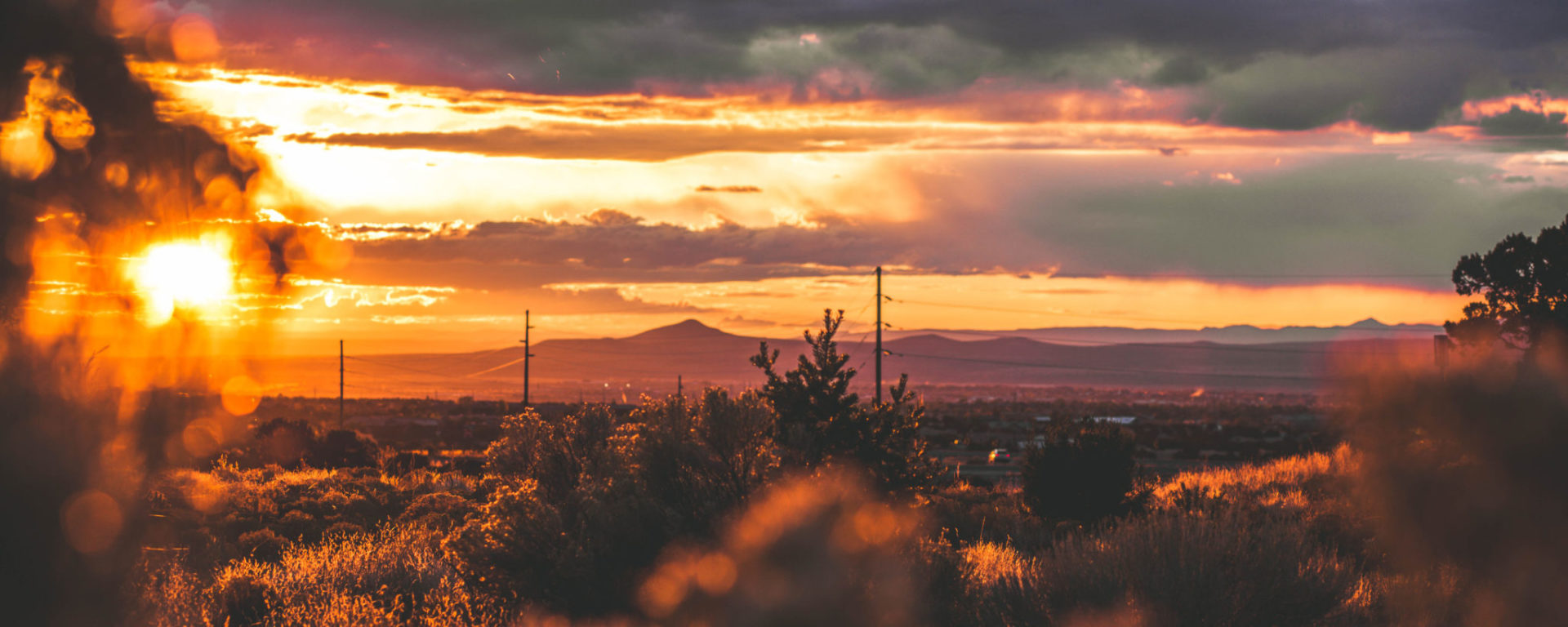One of the greatest challenges in conservation is that we are not only fighting against the forces of today—deforestation, development in sensitive areas, greenhouse gas emissions that despite all we know about climate change continue to grow. We are also reckoning with what mankind has done in the past. These distinct challenges—our present course and past actions—are perhaps never more evident than in considering the state of bison in North America.
Growing up attending Colorado public schools, bison were a topic of history class in at least three or four grades. We learned that American buffalo had roamed North America in unbelievably huge, vast populations. We learned that indigenous people hunted buffalo in much of what is now the Western US and Canada, but in a way that never threatened their numbers. We were taught that when the railroad came across the US in the 1800s, hunting buffalo from the railroad car for sport (with no interest in the meat or hide, just leaving the animal where it fell) became popular. What no one at the time believed could happen happened: in a short number of years, millions of animals dwindled to hundreds.

At the annual meeting of the American Bison Society, cohosted by the Wildlife Conservation Society of the Rockies and the Pueblo of Pojoaque (po-AH-kay), this history is just the backdrop for leading researchers, conservationists, activists, and managers who work on bison across the continent. Meeting this year in the beautiful Pueblo of Pojoaque just north of Santa Fe, the group discussed the cultural and ecological restoration of the bison. Being an outsider (my career has focused on environmental issues broadly, but never specifically on bison), the sessions were eye-opening and incredibly educational. After three days of presentations—case studies, research, art, and more—what struck me most was two things.
First, I had never been to a gathering that truly gave equal weight to cultural, spiritual, and artistic dimensions along with ecology and science, both in terms of the importance of bison and how we can be successful in strengthening the outlook of bison in the future. A fellow conference attendee with impeccable scientific credentials told me that in his experience, there are few other communities that do as good a job. He also said it was from attending American Bison Society meetings over the years that he increasingly valued the role of the attendees who shared their poetry, paintings, and prayers at the conference rather than their latest scientific paper. He acknowledged that as important as the science is, it is the other fields that activate change.
Second, again not being a “bison person” myself, I was so surprised that while we discussed the ecological restoration of the bison, the bison itself could do so much for the ecological restoration of our lands. In session after session, presenters pointed to research showing that in lands where even a modest herd of bison is allowed to graze, soils are healthier, plant diversity increases, and the ecology of the entire system is more resilient. More than one presenter called the bison “The Ecologist.”
As our society faces continuing threats from development that fragments our land, competition for natural resources, and the peril climate change poses to everything we know, a few days learning about bison ultimately, for me, offered the hope of a virtuous cycle. If we can reverse some of the forces of the last 150 years and do more to bring back species like the American buffalo, giving them adequate, connected lands to roam and flourish, it is not just the bison that will win. Those lands in turn may become healthier and more resilient and protect other species—including humans—as we face an uncertain future.
